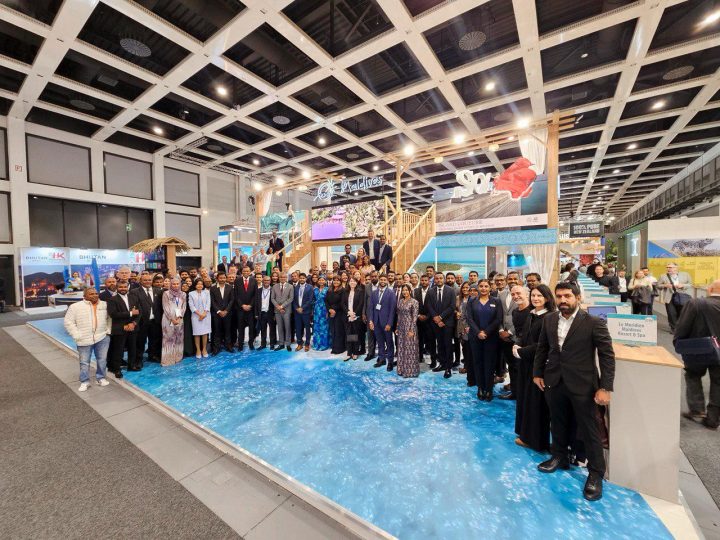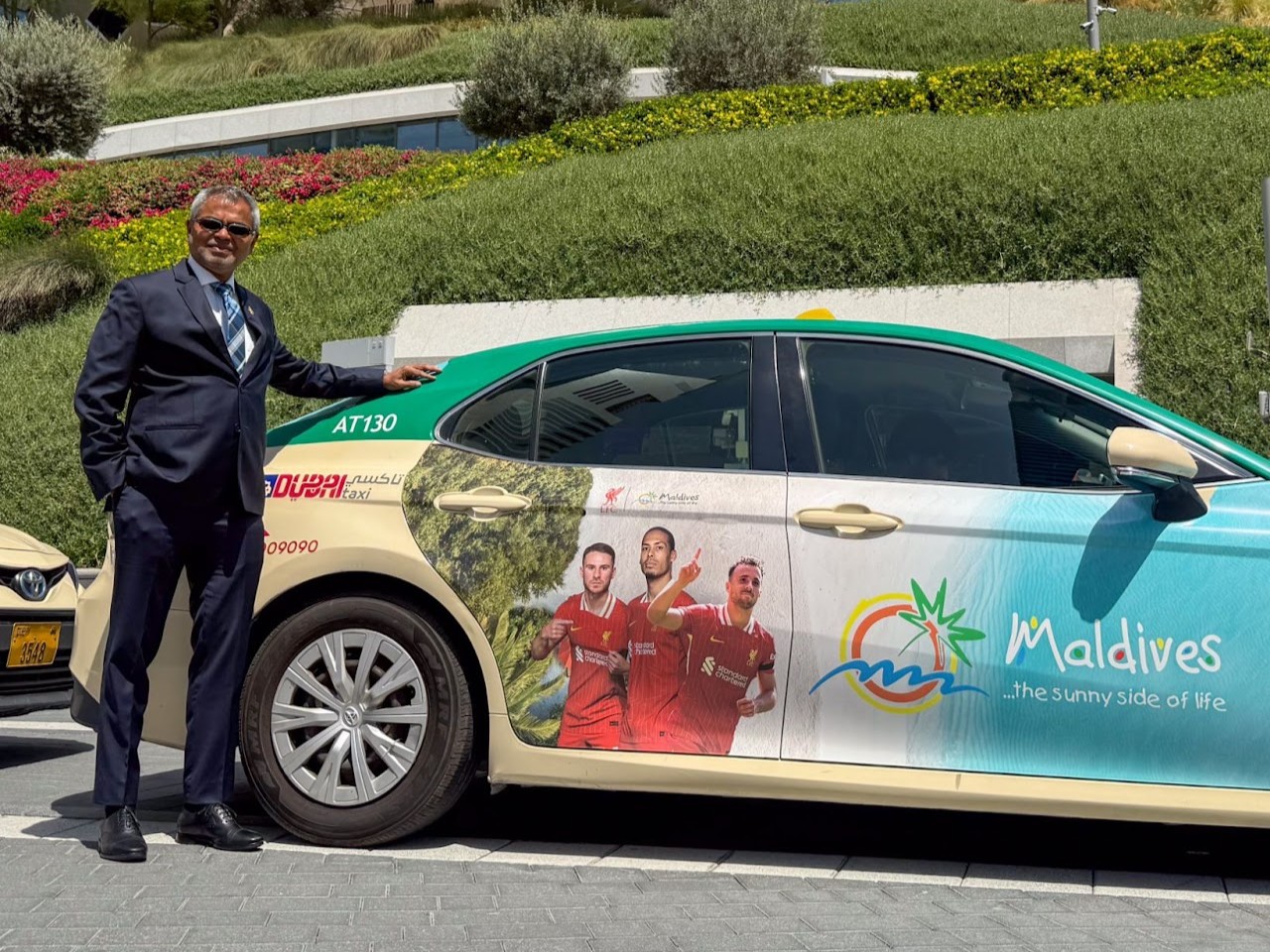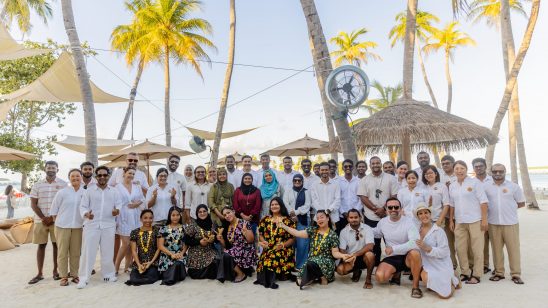
Is destination marketing vital for a tourism-dependent nation like the Maldives?
The Maldives stands as one of the world’s most iconic and desirable travel destinations, renowned for its pristine white-sand beaches, turquoise waters, and luxurious hospitality offerings. But behind this postcard-perfect image lies a critical economic truth: tourism is the lifeblood of the Maldivian economy, contributing over 70% of foreign exchange earnings, more than 40% of government revenue, and a significant portion of employment and livelihood across the country.
Given this deep reliance, destination marketing is not a luxury — it is a necessity. Without continuous and strategic promotion in global markets, the Maldives risks losing visibility, market share, and momentum in an increasingly competitive international tourism landscape.
Destination marketing is more than just promoting beaches and resorts. In today’s hyper-connected world, it is about telling a compelling story across platforms — engaging travelers with immersive content, collaborating with airlines and influencers, activating brand campaigns in high-value markets, and ensuring consistent visibility across digital channels, travel publications, and trade events.
An effective destination marketing strategy:
- Drives international arrivals by capturing attention and converting interest into bookings.
- Protects market share by staying competitive against similar destinations.
- Diversifies source markets to reduce over-reliance on a few regions and ensure resilience.
- Builds national brand equity, positioning the Maldives not only as a leisure paradise but also as a destination for wellness, adventure, culture, sports, and gastronomy.
Many of the Maldives’ competitors have recognized the direct correlation between marketing investment and tourist inflows — and are spending aggressively to stay ahead.
- Singapore: The Singapore Tourism Board allocated over USD 300 million (~MVR 4.6 billion) to accelerate post-COVID tourism recovery, including digital storytelling, mega-events, and targeted campaigns in key markets.
- Thailand: With a 2024 budget of more than USD 200 million (~MVR 3.1 billion), the Tourism Authority of Thailand is investing in multi-platform campaigns, airline co-marketing, and domestic tourism incentives.
- Dubai: Known for its bold promotional efforts, Dubai’s tourism marketing arm operates on a budget estimated at USD 400 million (~MVR 6.2 billion), supporting digital engagement, global events like Expo 2020, and destination storytelling via media partnerships.
- Indonesia (Bali): Indonesia has earmarked over USD 300 million for tourism marketing, emphasizing its top destinations, including Bali, through global advertising and air connectivity development.
- Sri Lanka: Despite economic challenges, Sri Lanka has launched a new USD 60 million five-year marketing plan focused on experiential campaigns and digital transformation.
In contrast, the Maldives’ average annual marketing budget during 2020–2023 remained far below these figures. This discrepancy highlights the urgent need for increased, sustained, and strategic investment in destination marketing — particularly as global competition intensifies and travelers become more selective.

Unlike the Maldives, where much of the marketing burden is shared with industry stakeholders, most successful tourism boards globally are fully or heavily subsidized by their governments. This enables them to operate with consistency, scale, and agility. Public funding for tourism promotion is not an expense, but an investment that yields direct returns in foreign exchange earnings, job creation, infrastructure development, and private sector growth.
The Maldives must follow suit, especially given its high GDP dependency on tourism. Allocating sufficient funds to Visit Maldives, the national tourism promotion board, will enable long-term brand building in new and emerging markets. It will support the development of stronger digital campaigns that resonate with younger audiences, enhance collaborations with airlines and tour operators to drive bookings, and foster content partnerships with global influencers and celebrities to elevate brand storytelling. Additionally, it will ensure the implementation of crisis-resilient marketing strategies to help buffer external shocks such as geopolitical tensions or global pandemics.
To build on this momentum, several strategic steps are essential. First, destination marketing funding must be increased to match or exceed that of regional competitors. Public-private partnerships should be leveraged to co-invest with airlines, online travel agencies, and media houses. The digital transformation must be accelerated, with a stronger presence on platforms such as YouTube, TikTok, and over-the-top (OTT) media services. Market diversification should also be strengthened by targeting affluent travelers from the Middle East, Central Asia, and Eastern Europe. Finally, establishing measurable KPIs across all campaigns will be critical to track impact and guide future strategies.
In a world where travelers are bombarded with choices, standing still is not an option. The Maldives must not rely solely on its natural beauty to sell itself. It must strategically, consistently, and boldly tell its story to the world — backed by meaningful government investment and a shared vision with industry partners.
Destination marketing is not just about promotion; it is about protecting the Maldives’ economic future. The stakes are high, and the time to act is now.





